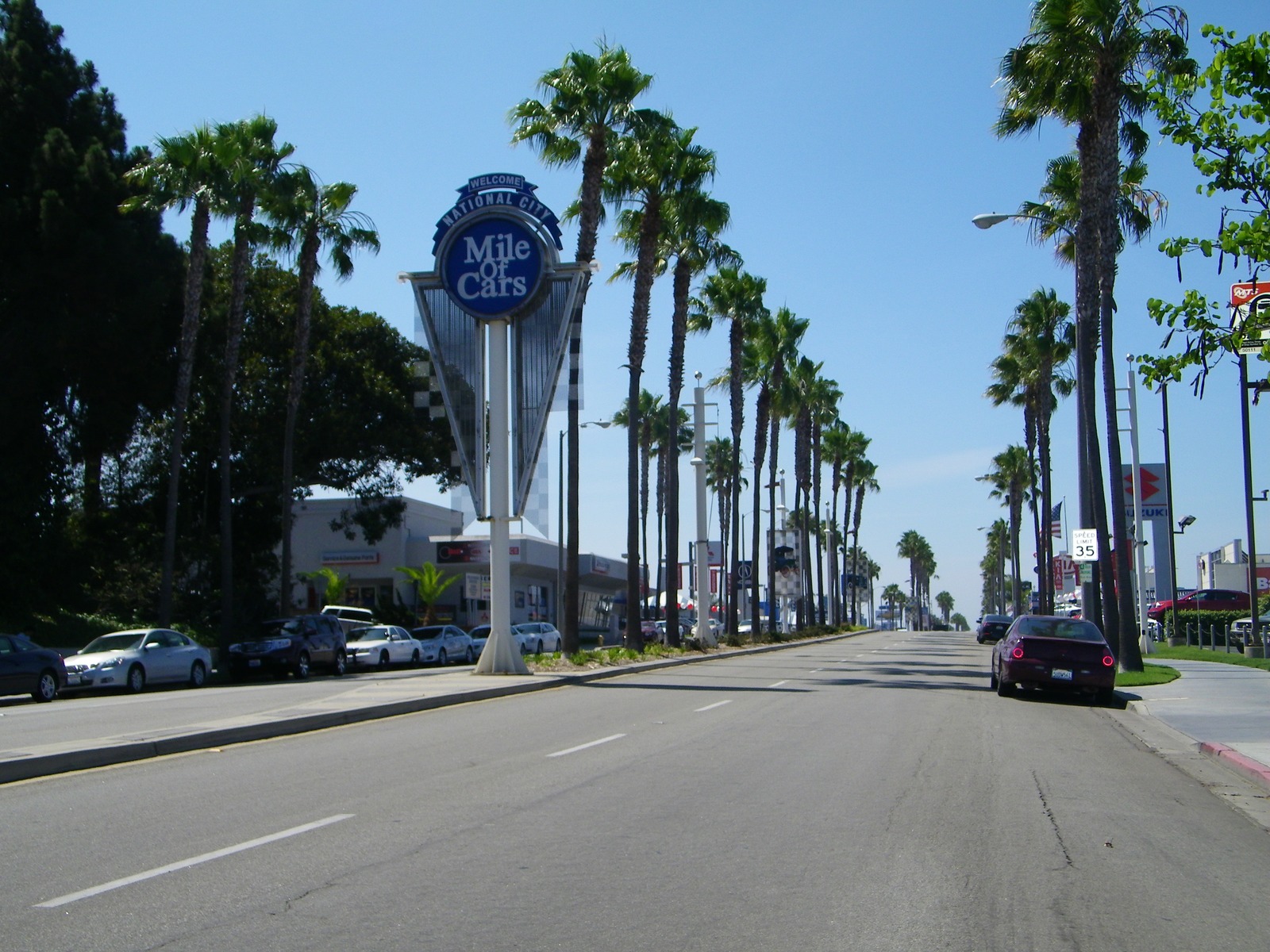Arroyo lives with her husband and two children in a two bedroom apartment in National City. They paid $700 a month when they first moved in four years ago. Her rent is now more than $1000 a month after it increased $100 last year.
“If it keeps increasing, I won’t be able to stay here,” she said. Both Arroyo and her husband work at public schools in National City.
Arroyo watches kids during lunch and recess for a few hours a week and her husband cleans schools for the district.
“The history of National City’s westside is that it’s traditionally been a community that needed affordable housing, given its demographics,” said Carlos Aguirre, the city’s community development manager.
National City is over 60 percent Latino, and its median household income of $39,398 is below the San Diego region’s as a whole, according to SANDAG demographic information.
More than 3,000 people are already on a waiting list for the first 109 units in Paradise Creek, Aguirre said. Nearly two-thirds of the people on the list aren’t current National City residents.
“There was a big concern that after all this work, after 10 years of going to all these meetings, it wouldn’t be for National City,” said Carolina Martinez, a project manager with the Environmental Health Coalition, which has worked with residents and the city on the project.
Community leaders and the city began trying to ensure local residents would get the new homes.
Last Tuesday, the city presented a way. The City Council adopted “a local preference ordinance.” It gives priority to people who already reside in National City whenever the city fills low-income housing units.
Local preference ordinances are a policy tool intended to combat displacement of lower-income and minority residents from certain areas, maintaining diversity in gentrifying neighborhoods.
Since the 1970s, for instance, New York City has set aside 50 percent of its affordable housing stock to residents of the district in which the low-income units are located.
But just as the policy can protect lower income residents and minorities, it can also allow white, wealthy neighborhoods or cities to shut out income and racial diversity. New York’s policy has been hit with a lawsuit on behalf of three black New Yorkers who allege they were shut out of affordable units in mostly white districts because of the law. A judge could rule on the case as early as this summer.
It can be a precarious policy, flirting with violations of Fair Housing policies even as it’s intended to combat gentrification.
National City officials carefully crafted their policy, running it by city attorneys and attorneys for the project’s developers to make sure it wouldn’t violate fair housing law, Aguirre said.
“It’s kind of tricky on the fair housing side,” he said. “But we feel comfortable with what we’ve come up with.”
National City’s ordinance applies only to properties on public land, owned by the city’s housing authority. Right now that means it would only apply to two upcoming low-income housing projects, Paradise Creek and a project on an acre-and-a-half site on North Highland Avenue that could house 40 to 60 apartments. It also only applies to the initial lease up of these apartments; the first time the apartments are filled, preference goes to National City residents. But once those first residents move, the apartment will go to whoever is next on the waiting list, regardless of where the applicant lives.
Martinez said she hopes other cities look to this project as a model.
“If anything, I think it’s an example of the community providing solutions to challenging urban issues, seeing the residents as experts when it comes to planning,” Martinez said. “That’s why we’ve been able to come up with solutions.”
[divider] [/divider]
Originally posted at Voice of San Diego.




